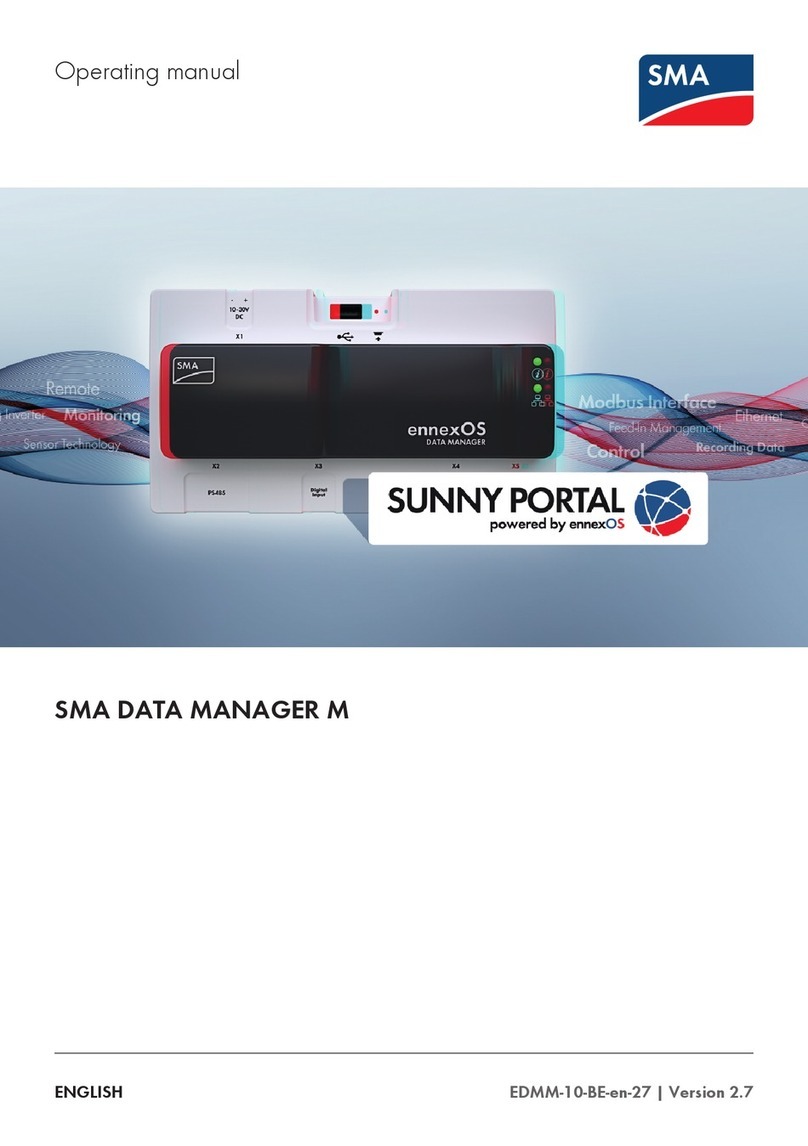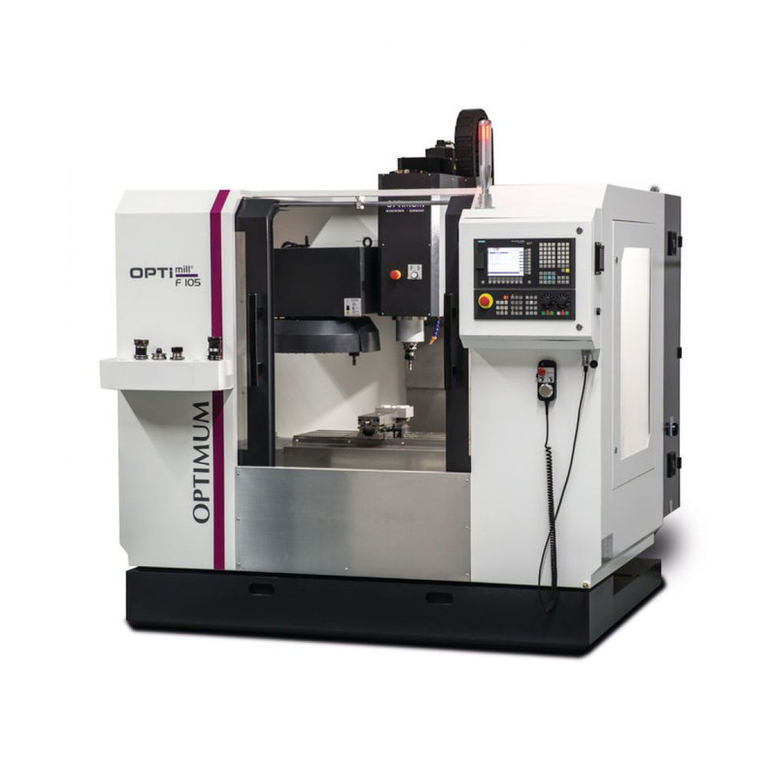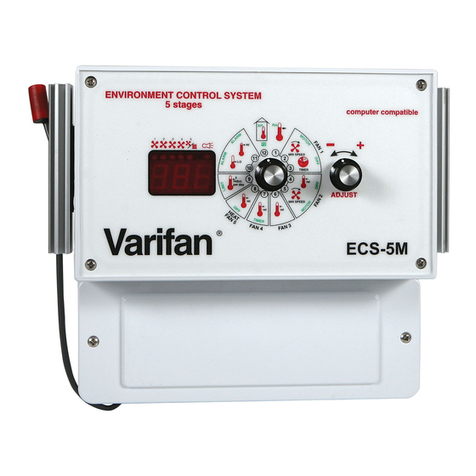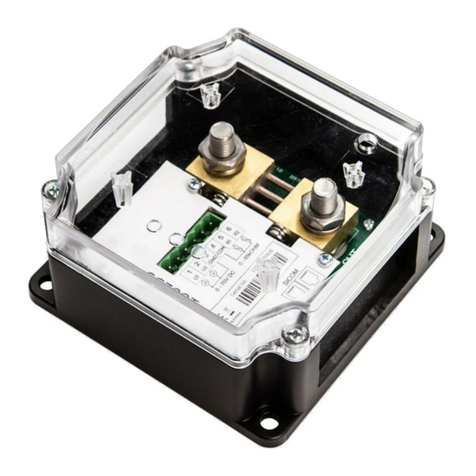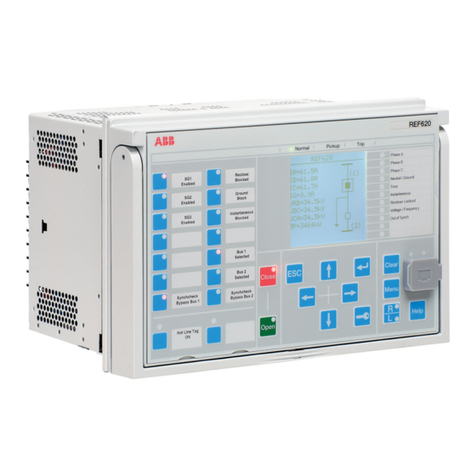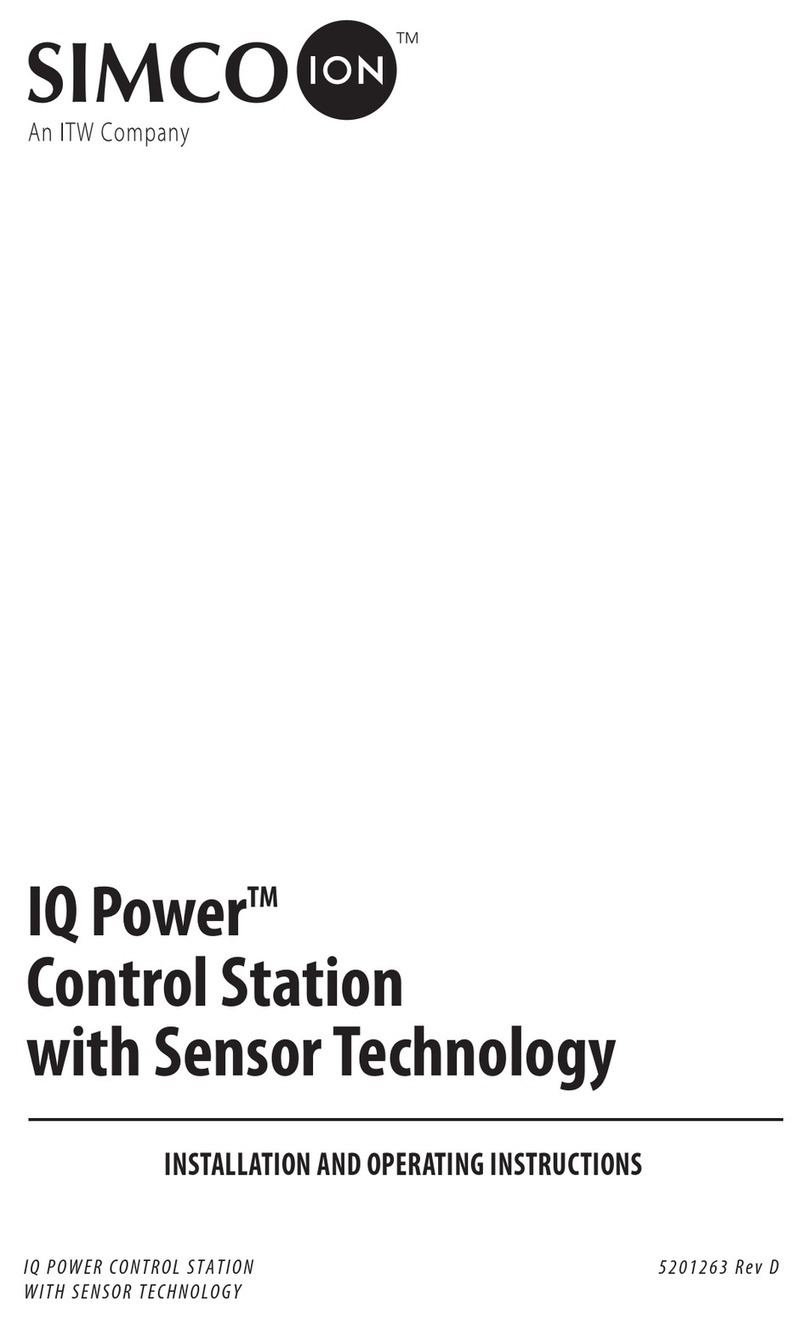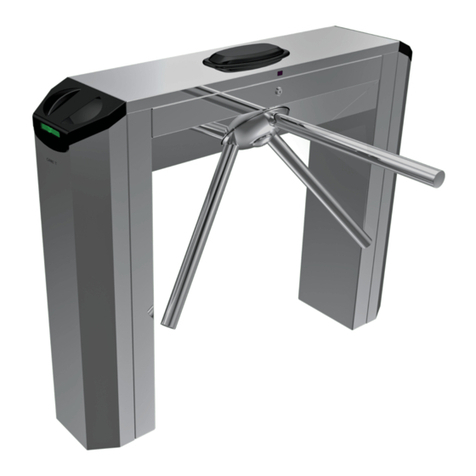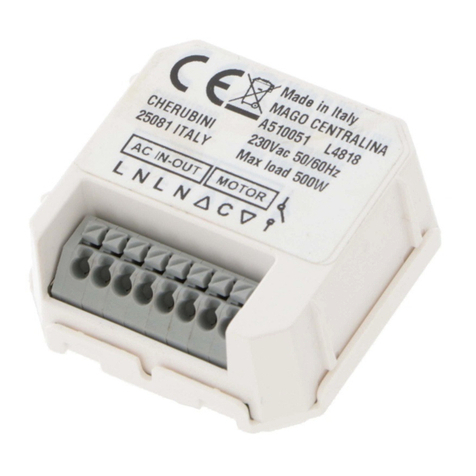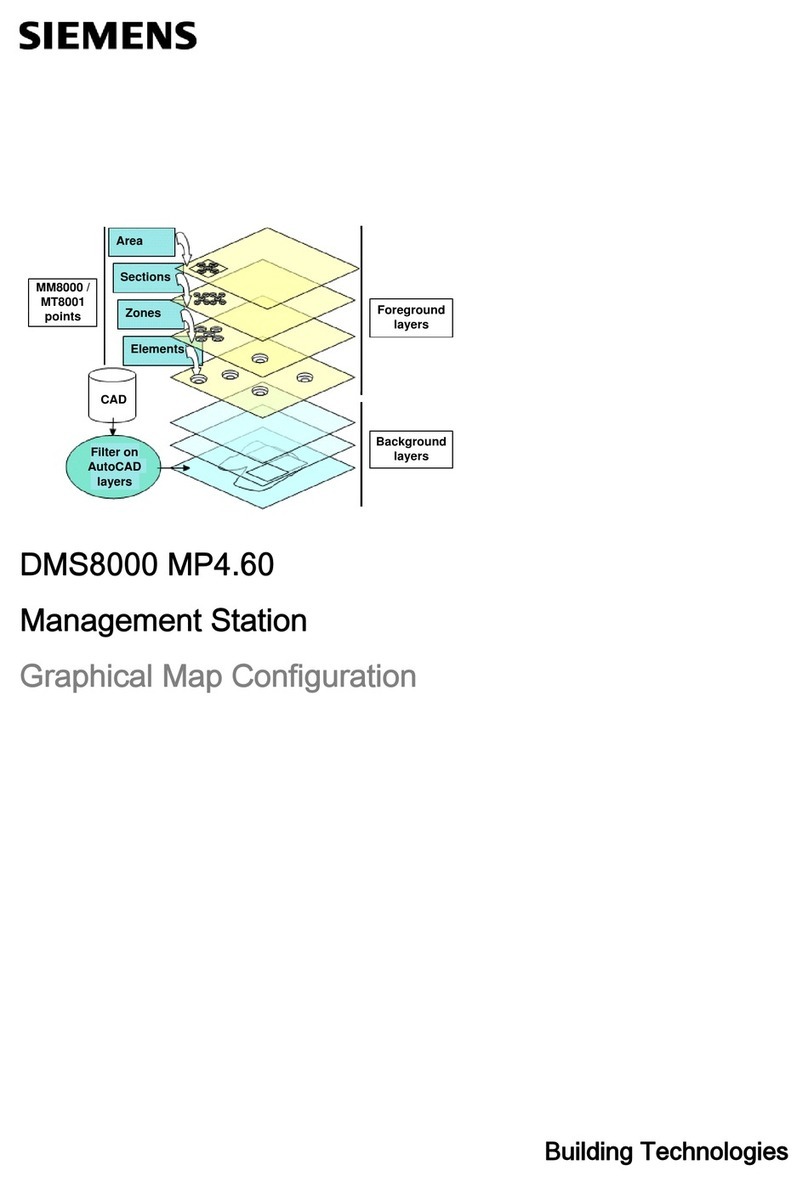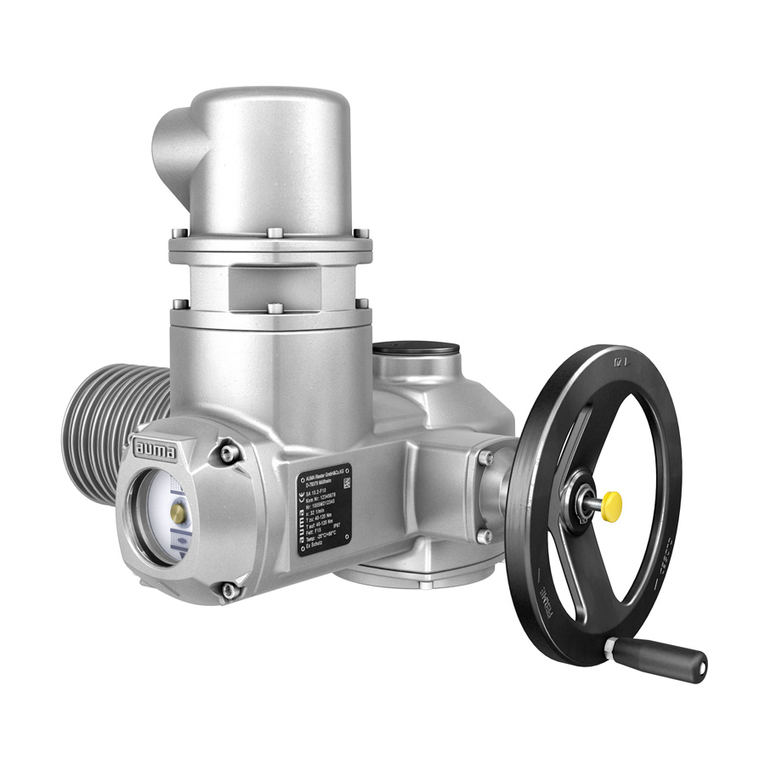GeoMax EZDig T User manual

Manual Version: 2.00
Software Version: 3.5.1
User
Manual
EZDig T
Menu
Language: English
1

Contents
I. Presentation
II. Touchscreen overview
III. Digging a hole
1) Method 1: Using the ground as reference
2) Method 2: Using surveyor stake as reference
IV. Digging a 5m wide hole
V. Digging a hole using a rotating laser
a) Method 1: Knowing the laser height
b) Method 2: Not knowing the laser height
VI. Digging a trench with 2% slope
a) Method 1: Using the ground as reference
b) Method 2: Using surveyor stake as reference
VII. Digging a trench with 2% slope using a rotating slope laser
a) Method 1: Knowing the laser height
b) Method 2: Not knowing the laser height
VIII.Changing the elevation
a) Method 1: Working without a rotating laser
b) Method 2: Working with a rotating laser
IX. Safety Information
X. Technical Information
XI. Calibration tool
2

Presentation
Use the system to dig with an excavator to a desired depth and
create a leveled plane or to set a slope and create a tilted surface.
Also use it to determine reach, such as for the width of a trench.
All the digging information is referenced to the left, center or right of
the bucket blade (or teeth) and the depth value shown is the
distance from the actual teeth position to the target depth.
Sensors measure the angle of the boom, stick, and bucket. The
information is transmitted instantly to the cab display. LEDs tell you
how far to dig.
A simple one-time procedure allows the EzDig system to “learn” the
dimensions of your machine. That is how it constantly calculates, in
real
time, where the bucket tip is in relation to the target depth.
Excavator rotation and
movement
With EzDig 1D, the operator has to dig “straight ahead” (only
moving the booms/bucket in and out).
After the target depth has been set, the chassis has to stay
stable. Any rotation of it may produce an error depending on the
inclination.
For a leveled plane, rotation of the chassis can be compensated
by using a fourth sensor as a “pitch” sensor on the chassis. This
will automatically correct forward and backward tilting
movements of your machine as well as rotation, providing
accurate depth information.
The optional 2D sensor allows to slew the cab even with a slope
to dig.
The combined Tilt sensor allows to use tiltable tools.
Every time that the excavator tracks are moved, it’s necessary to
zero again the reference (target) depth on a previous point or,
depending on the setup, take the laser height again.
3

Touchscreen overview
Meter Tape
Tool
List of
buckets
Check
Sensors
Set 2D
Alignment
Top
View
Settings
Fast Elevation
Reset
Set
Elevation
Move
Reference
Set Slope
Catch
Laser
Delete 1st
Laser Catch
Set Laser
Height
Show/Hide
Reach
Measure
mode with
slope
Elevation
Alarm
Bucket
orientation
Zoom
Out
Set back Zoom
to Default
Zoom
In
Swap
Views
Laser
Reference
Optional
view Current
Elevation
4

Digging a hole - Method 1: Using the ground as reference
5

Digging a hole - Method 1: Using the ground as reference
1. Place the tip of the bucket
on your final elevation
(ground) and Short-press
one the elevation symbol:
The screen and the LED
display will indicate the
actual difference of your
bucket tip to the reference
2. Dial-in “0”and confirm
with the checkmark
NB: To redial the previous elevation, you can
user button “fast elevation setting” which redial
the previous elevation:
6

Digging a hole - Method 2: Using surveyor stake as reference
2,50m
Surveyor
Stake
7

Digging a hole - Method 2: Using surveyor stake as reference
Place the tip of the bucket on
your final elevation (ground)
and Short-press one the
elevation symbol:
The screen and the LED
display will indicate the
actual difference of your
bucket tip to the reference
Dial-in “2.5m” and confirm
with the checkmark
NB: To redial the previous elevation, you can
user button “fast elevation setting” which
redial the previous elevation:
8

Digging a 5m wide hole
5m
Surveyor
Stake
9

Digging a 5m wide hole
NB: Set the elevation reference following the explanations above.
1. Click on the button “Reach Enable” at the left side of the screen:
2. Align your cab along the axis of the hole and click on the Align button (2D only):
3. Leave the tip of the bucket on the surveyor stake.
4. Short-press the reach button:
5.
Possibility 1:
Dialin 5m
Possibility 2:
Dialin -5m
10

Digging a hole using a rotating laser
Method 1: Knowing the laser height
4,71m
Laser Receiver
Surveyor
Stake
2,50m
2,21m
Laser Height
(2,21m + 2,50m)
11

Digging a hole using a rotating laser
Method 1: Knowing the laser height
Catch the laser beam
Short-press the “1st Laser
Catch” Symbol
Short-press the Laser Height
Symbol
Dial-in 4.71m and confirm
with the checkmark
The set Laser Height
(4,71m) and the resulting
distance to the reference will
be shown on the screen.
Every time you‘ve
moved the machine:
1. Short-press
“Laser Catch”:
2. Catch the laser
beam
12

Digging a hole using a rotating laser
Method 2: Not knowing the laser height
Surveyor
Stake
2,50m
Laser Receiver
13

Digging a hole using a rotating laser
Method 2: Not knowing the laser height
Catch the laser beam
Short-press the “1st Laser
Catch” Symbol
Short-press the Elevation
Symbol
Leave the tip of the bucket on
the surveyor stake then dial-
in 2.5m and confirm with the
checkmark
The set actual distance
(2,50m) to the reference and
the resulting Laser Height will
be shown on the screen.
Every time you‘ve
moved the machine:
1. Short-press
“Laser Catch”:
2. Catch the laser
beam
14

Digging a trench with 2% slope
Method 1: Using the ground as reference
15

Same as when digging a
horizontal reference, the
screen and the LED display
will indicate the actual
difference of your bucket tip
to the reference.
Digging a trench with 2% slope
Method 1: Using the ground as reference
Short-press the Slope Symbol Dial-in 2.00% and confirm
with the checkmark Place the tip of the bucket on
your final elevation (ground)
then Short-press one the
elevation symbol
Dial-in “0”and confirm with
the checkmark
Note: Without 2D
sensor, you have to dig
straight, not leaving
the slope’s axis by
rotating the cab. A slew
of the cab out of the
axis will instantly lead
to a loss of accuracy!
16

Surveyor
Stake
2,50m
Digging a trench with 2% slope
Method 2: Using surveyor stake as reference
17

Digging a trench with 2% slope
Method 2: Using surveyor stake as reference
Same as when digging a
horizontal reference, the
screen and the LED display
will indicate the actual
difference of your bucket tip
to the reference.
Short-press the Slope Symbol Dial-in 2.00% and confirm
with the checkmark Place the tip of the bucket on
the surveyor stake then
Short-press one the elevation
symbol
Dial-in “2.5m” and confirm
with the checkmark
Note: Without 2D
sensor, you have to dig
straight, not leaving
the slope’s axis by
rotating the cab. A slew
of the cab out of the
axis will instantly lead
to a loss of accuracy!
18

Digging a trench with 2% slope
using a rotating slope laser
4,92m
Laser Receiver
Note:
If you‘re using a rotating laser to dig a trench with
slope, it‘s mandatory that it‘s a slope laser and to set
the same slope on the laser as in the trench!
Surveyor
Stake
2,50m
2,42m
Laser Height
(2,42m + 2,50m)
19

Digging a trench with 2% slope using a rotating slope laser
Method 1: Knowing the laser height
Short-press the Slope Symbol Dial-in 2.00% and confirm
with the checkmark
Short-press the Laser Catch
Symbol. NB: A warning will pop
up to use a slope laser with the
same slope set. Confirm with OK
Short-press the Laser Height
Symbol
Dial-in 4.71m and confirm
with the checkmark.
Then catch the Laser Beam.
The set Laser Height (4,71m)
and the resulting distance to
the sloped reference will be
shown on the screen.
20
Table of contents
Popular Control System manuals by other brands
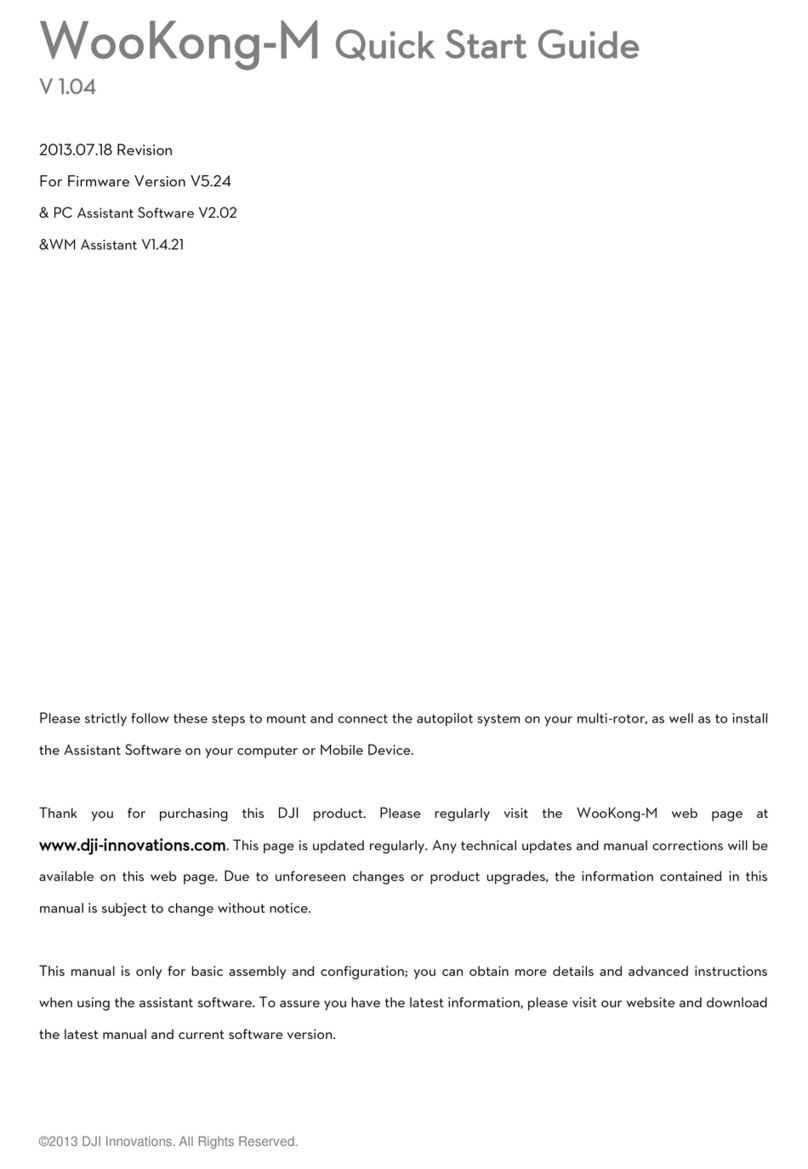
dji
dji WooKong-M quick start guide
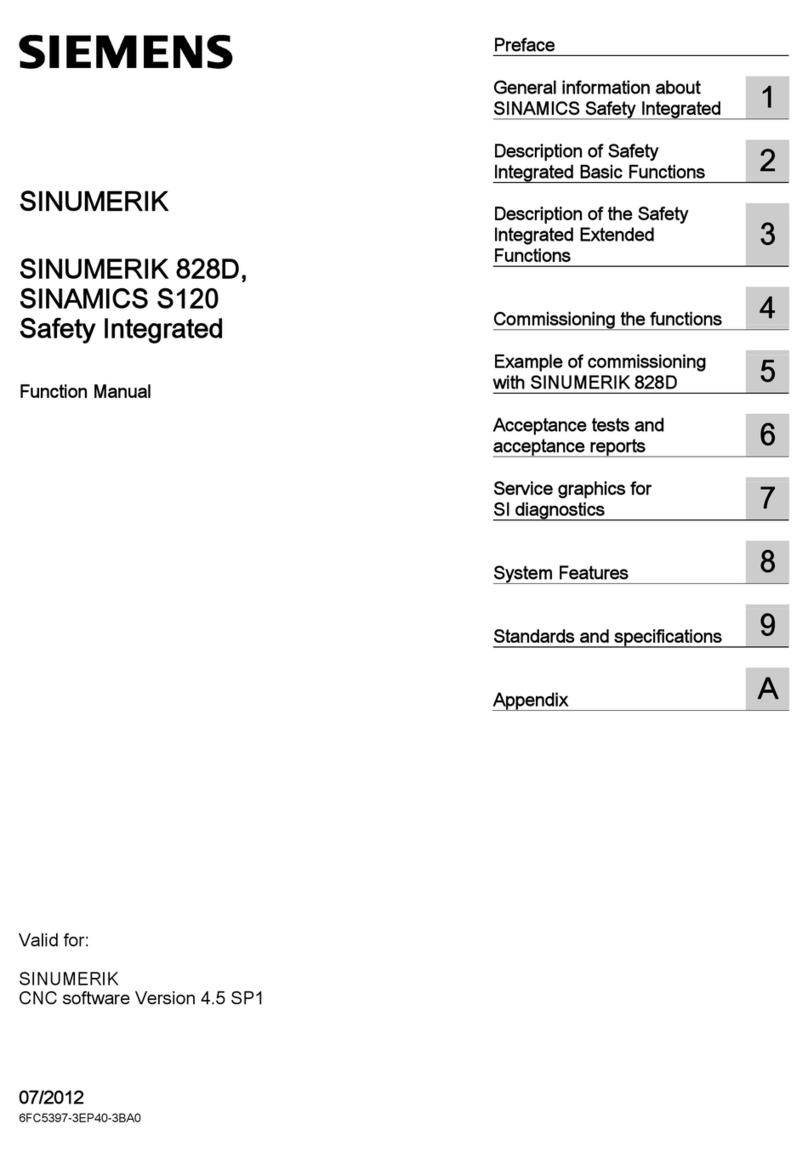
Siemens
Siemens SINUMERIK 828D Turning Function manual
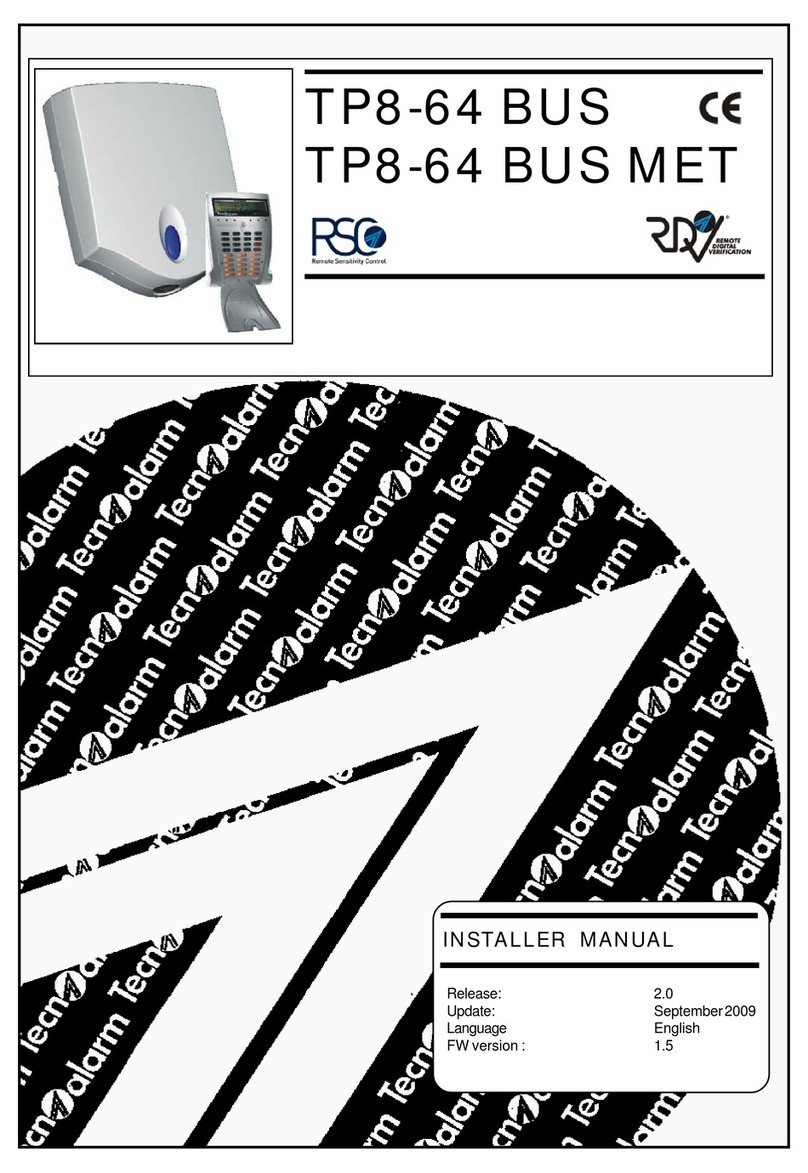
Tecnoalarm
Tecnoalarm TP8-64 BUS Installer manual
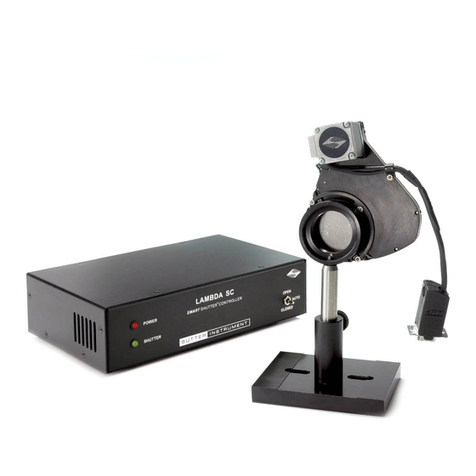
Sutter Instrument
Sutter Instrument SmartShutter Lambda SC Operation manual
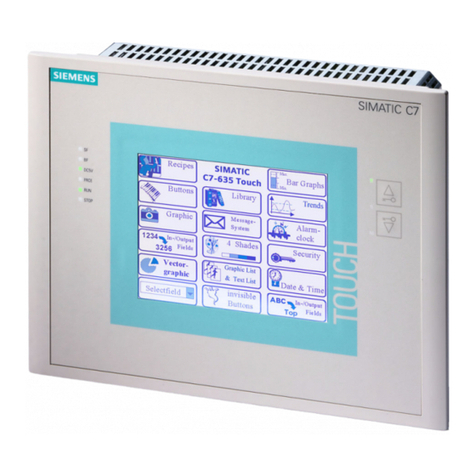
Siemens
Siemens SIMATIC C7-635 manual
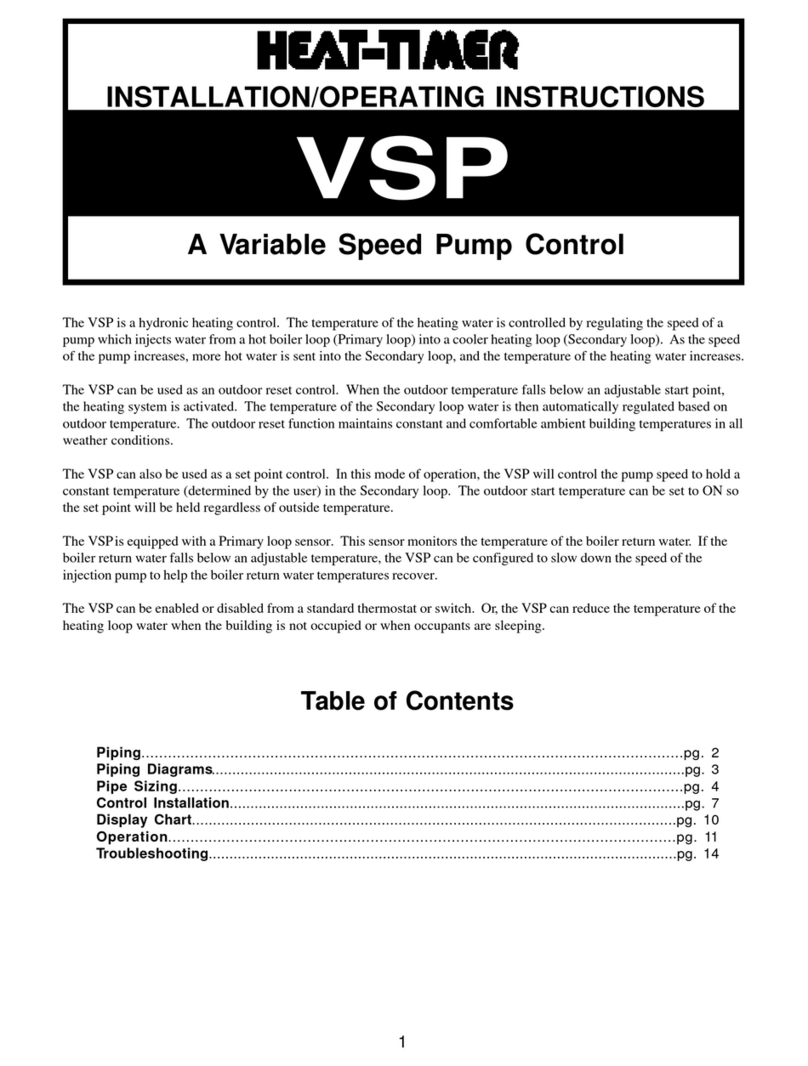
heat-timer
heat-timer VSP Installation & operating instructions
